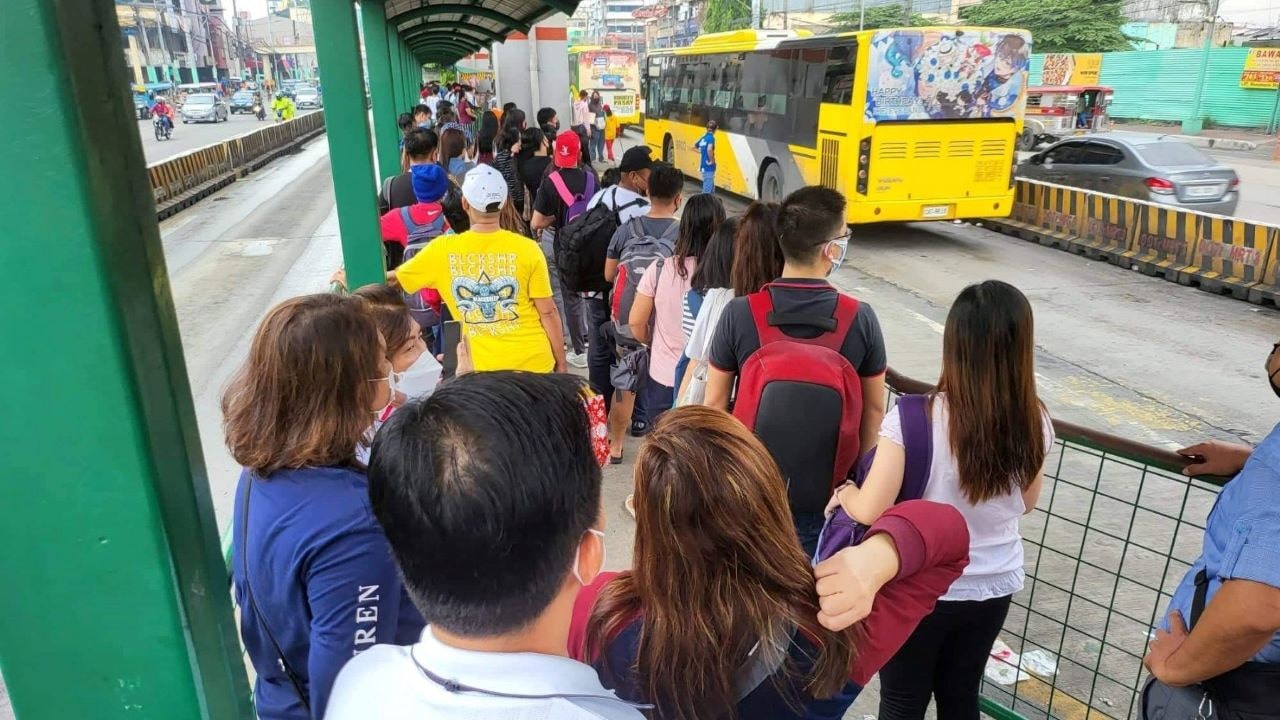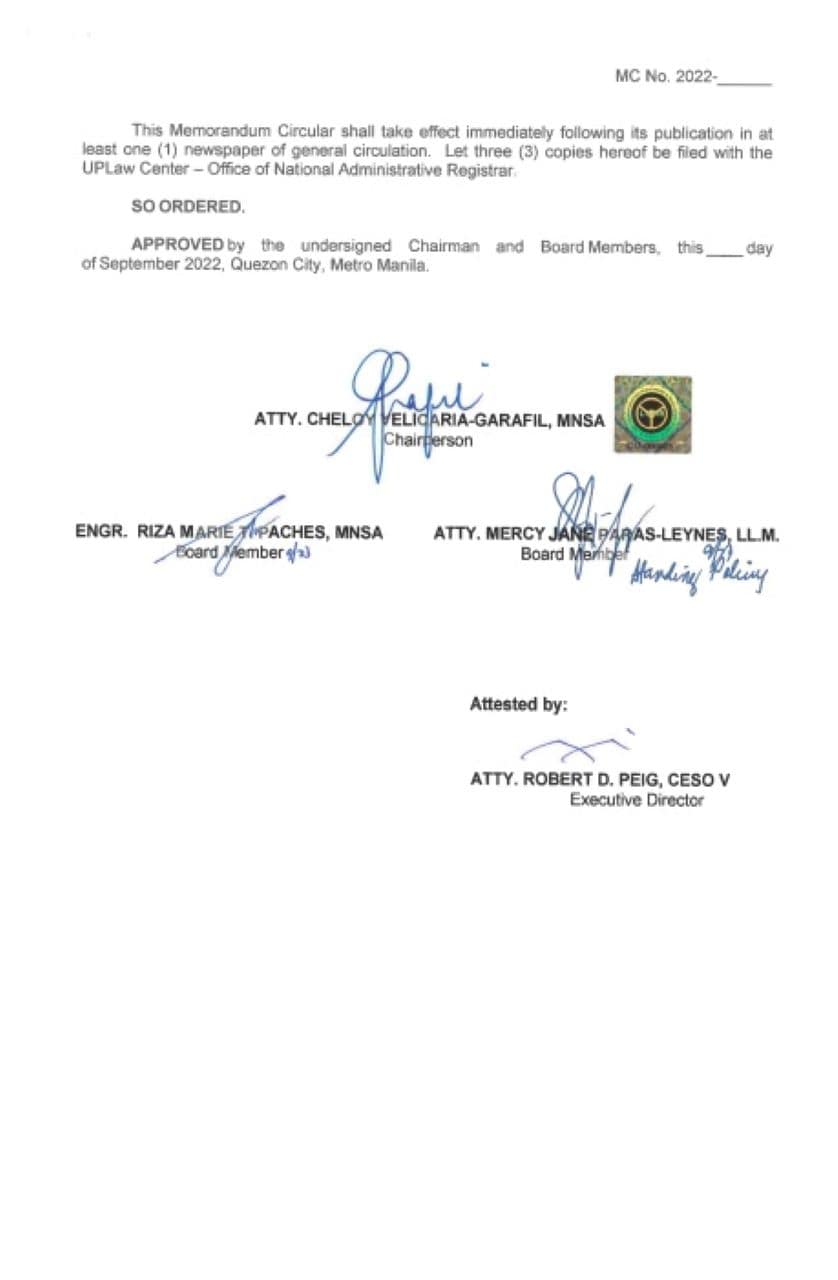
Public transportation is definitely in full swing. With more and more commuters using public utility vehicles daily, the LTFRB has issued guidelines on the number of standing passengers that can be allowed in certain PUVs. Specifically for areas in Alert Level 1, the number of standing commuters in public utility buses or mini-buses (MPUB/PUB) and modern public utility jeepneys (MPUJ) will be as follows.
LTFRB rules on the maximum number of standing passengers in PUVs

According to LTFRB Memorandum Circular 2022-070, due to the increased demand for public utility vehicle use after the economy has (re)opened, passengers have found the spaces inside PUVs insufficient. This has resulted in commuters cramming themselves inside buses and jeepneys to get to and from their destinations. With the threat of the Coronavirus still present, this needed to be addressed.
As can be seen in a copy of the Memorandum above, the maximum number of standing passengers, depending on PUV type are:
- Low-Entry / Low-Floor PUBs = maximum of 15 standing passengers, at least one person apart
- Coach-Type PUBs = maximum of 10 standing passengers, at least one person apart
- Modern Public Utility Jeepneys-Class 2 = maximum of 5 standing passengers, at least one person apart
The LTFRB said that “existing policies on minimum public health protocols inside PUVs shall strictly be observed at all times”.

The Memorandum Circular was signed on September 23 and will be effective immediately after its publication in at least 1 newspaper in general circulation.
In a separate statement, the LTFRB said “Ang polisiyang ito ay alinsunod sa utos ng Department of Transportation (DOTr) upang magamit nang husto ang mga espasyo sa mga sumusunod na pampublikong sasakyan nang hindi labag sa public health safety protocols.” And rightfully so. As mentioned, the threat to everyone’s health is still very much “alive”.
The next question now brings us to observance and enforcement. We all know the daily plight of commuters in the Philippines. The imposition of a limit on standing passengers, while good in the name of health and safety, will mean that there will be fewer passengers per PUV that can be ferried. Standing passengers in PUVs is already wrong to start with, but the PUV situation in the country doesn’t really give them much of a choice. How, then, can this be carried out properly while observing health and safety protocols?
This will inevitably equate to longer waiting times, and more frustration, no doubt. The call for better, more efficient, and effective means of public transportation is more important now than ever. We applaud the government’s efforts – those of the LTFRB and DOTr – in finding ways for the Filipino commuters, but we hope that they can be given better options, and fast.


